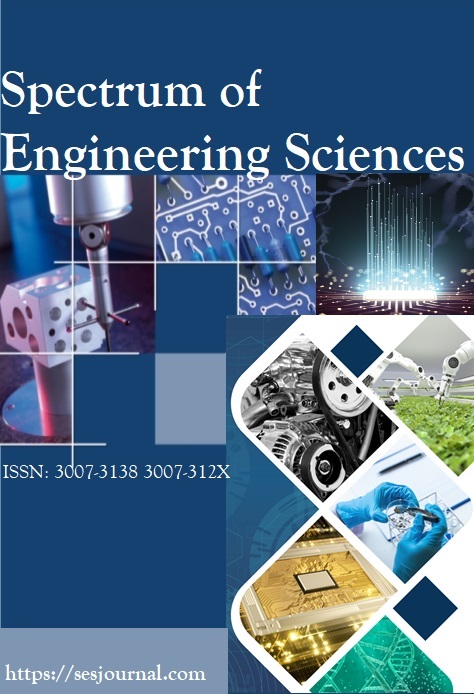Next-Gen Customer Retention: A Stacked Ensemble Model for Churn Prediction
Abstract
Customer churn is one major problem in the telecom industry, requiring efficient and effective predictive models for proactive customer retention. Much work has already been achieved in this direction, but most studies so far have focused mainly on individual classifiers. While these models perform well in many areas, they have their own set of weaknesses. These include computational inefficacy, susceptibility to dataset imbalance, and inability to learn from subtle relations. Therefore, they tend to be insufficient in optimizing the trade-off between computational cost and accuracy. Existing methods tend to be insufficient with high-dimensional datasets, vulnerable to overfitting, or non-generalizable across telecom datasets. This work proposes an Ensemble Stacking model that is capable of overcoming these weaknesses. The proposed model consists of a set of base learners, Random Forest, Naïve Bayes, and K-Nearest Neighbors that are responsible for learning various patterns in the dataset. The base models make predictions, which in turn feed a single meta-model, Logistic Regression, that learns from their predictions to make the final prediction. The results reveal that the proposed model is capable of generating excellent accuracy with acceptable latency, outperforming all individual classifiers. Its superior latency-aware accuracy Index (LAAI) score also validates the fact that it is highly robust and adaptable, making it a very effective solution for real-world prediction problems.
Keywords
Customer churn prediction, Ensemble stacking model, Machine learning classifiers, Proactive customer retention, Latency Aware Accuracy Index (LAAI)
















